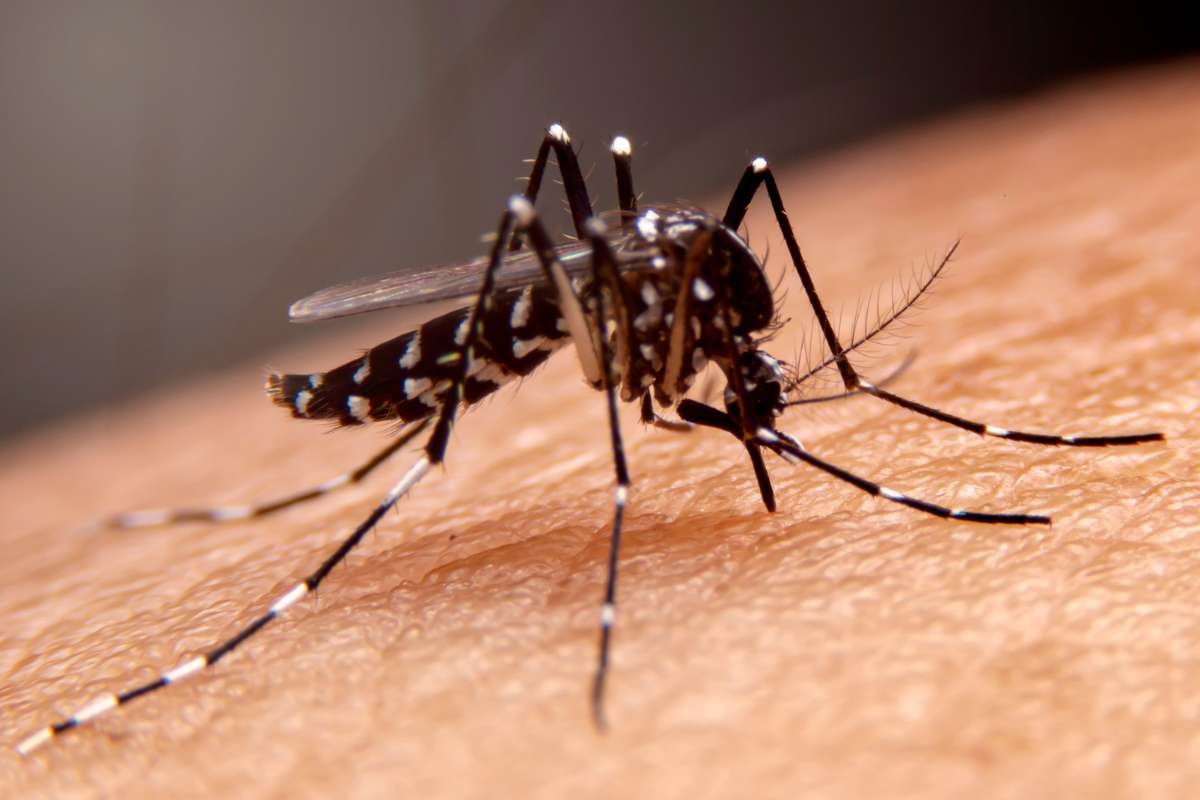Key Points:
- Trump doubled pediatric cancer AI research funding to $100M annually.
- AI will be used to improve diagnostics, trials, and treatments.
- Boost comes amid broader health budget cuts, raising balance concerns.
President Donald Trump signed an executive order on Sept. 30 that doubles annual federal funding for AI pediatric cancer research. The move expands the Childhood Cancer Data Initiative, a program launched in 2019 to collect, standardize, and share data on children diagnosed with cancer across the United States.
The program, administered through the National Cancer Institute and the National Institutes of Health (NIH), currently receives $50 million annually. The executive order provides an additional $50 million each year, bringing the total to $100 million. The initiative is part of a 10-year federal commitment to strengthen data-driven cancer research.
The order also directs the Make America Healthy Again Commission to collaborate with the White House Office of Science and Technology Policy (OSTP) to accelerate the use of AI in clinical research and treatment.
Potential impact on families
Health and Human Services Secretary Robert F. Kennedy Jr. said the increased funding will ensure families gain access to the most advanced tools available.
“No family should have to fight cancer with outdated tools or without access to the very best science,” Kennedy said. “For too long, families have fought childhood cancer while our systems lag behind.”
Experts said the additional support could help improve clinical trials, sharpen diagnoses, and tailor treatments more effectively. Michael Kratsios, director of OSTP, noted that the quality of AI pediatric cancer research depends heavily on reliable data.
“Using this infrastructure, researchers can apply AI to revolutionize patient care—improving diagnostics, fine-tuning treatments, and even identifying prevention strategies,” Kratsios said.
Families facing cancer welcomed the investment. “When your child is sick, you want every possible resource working to save them,” said Laura Martinez, whose 8-year-old son is undergoing treatment for leukemia. “Knowing more funding is going toward better data and AI pediatric cancer research gives us hope.”
Current burden of pediatric cancer
According to the National Cancer Institute, pediatric cancer is the leading cause of death by disease among children and adolescents in the U.S. Rates of childhood cancer have increased by about 40% since 1975.
This year, nearly 9,500 children are expected to be diagnosed with cancer, NIH Director Dr. Jay Bhattacharya said.
“The investment in AI pediatric cancer research that the NIH will make as a consequence of this executive order has the promise to fundamentally transform how these children are treated,” Bhattacharya said. “It’s not about collecting data alone. It’s about giving families hope.”
Broader funding context
While the executive order expands pediatric cancer research, Trump’s proposed 2026 federal budget for the Department of Health and Human Services requests $94.7 billion, about 26% less than the 2025 level. The proposal includes reductions in programs and staff at agencies such as the NIH and the Centers for Disease Control and Prevention.
Policy analysts said the increased AI-focused funding is significant but must be considered in the broader context of federal research priorities.
“AI has great potential to accelerate progress in childhood cancer,” said Dr. Ellen Price, a cancer policy researcher. “But if overall biomedical funding decreases, other important areas of research may be slowed.”
Advocates stressed the need for both innovation and stability. “Families want breakthroughs, but they also rely on sustained support for day-to-day research across all types of cancer,” said Mark Reynolds, director of the Childhood Cancer Advocacy Network. “The challenge is making sure these investments complement, rather than compete with, other critical programs.”
Balancing innovation and resources
The expansion of AI pediatric cancer research reflects a growing push to harness technology for public health. Scientists and families are hopeful that stronger data systems and machine learning tools will accelerate progress against a disease that still takes thousands of young lives each year.
At the same time, experts noted that the debate over federal research budgets highlights the need to balance innovation with consistent, broad-based support for medical research.
Visit The Lifesciences Magazine to read more.







